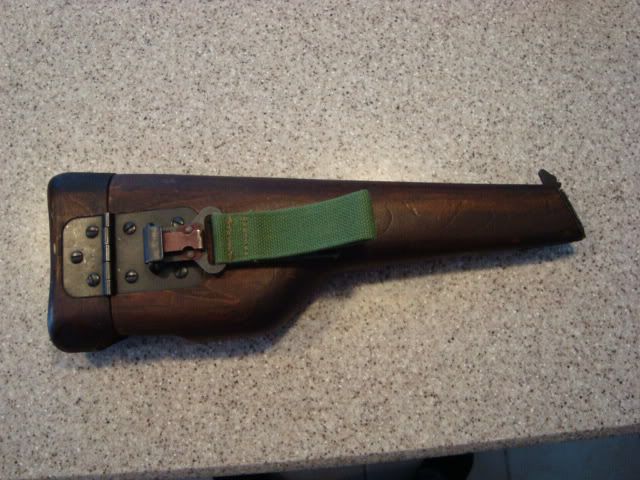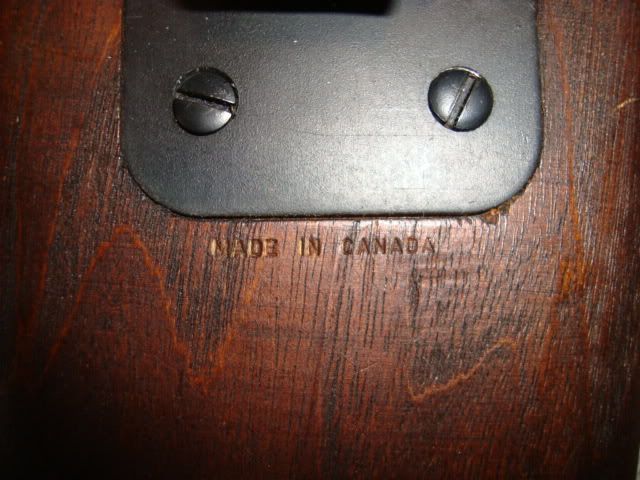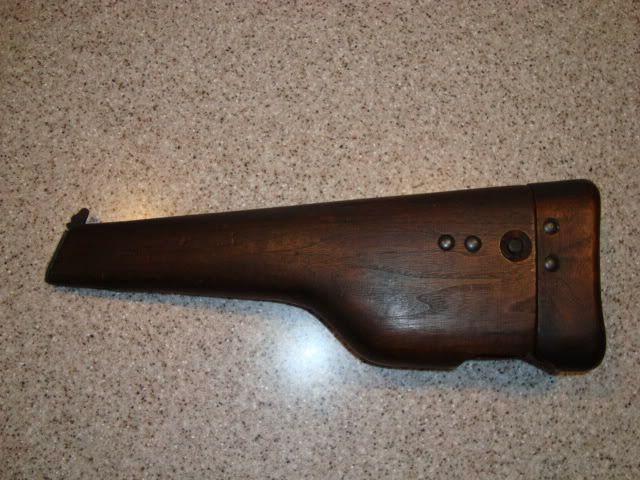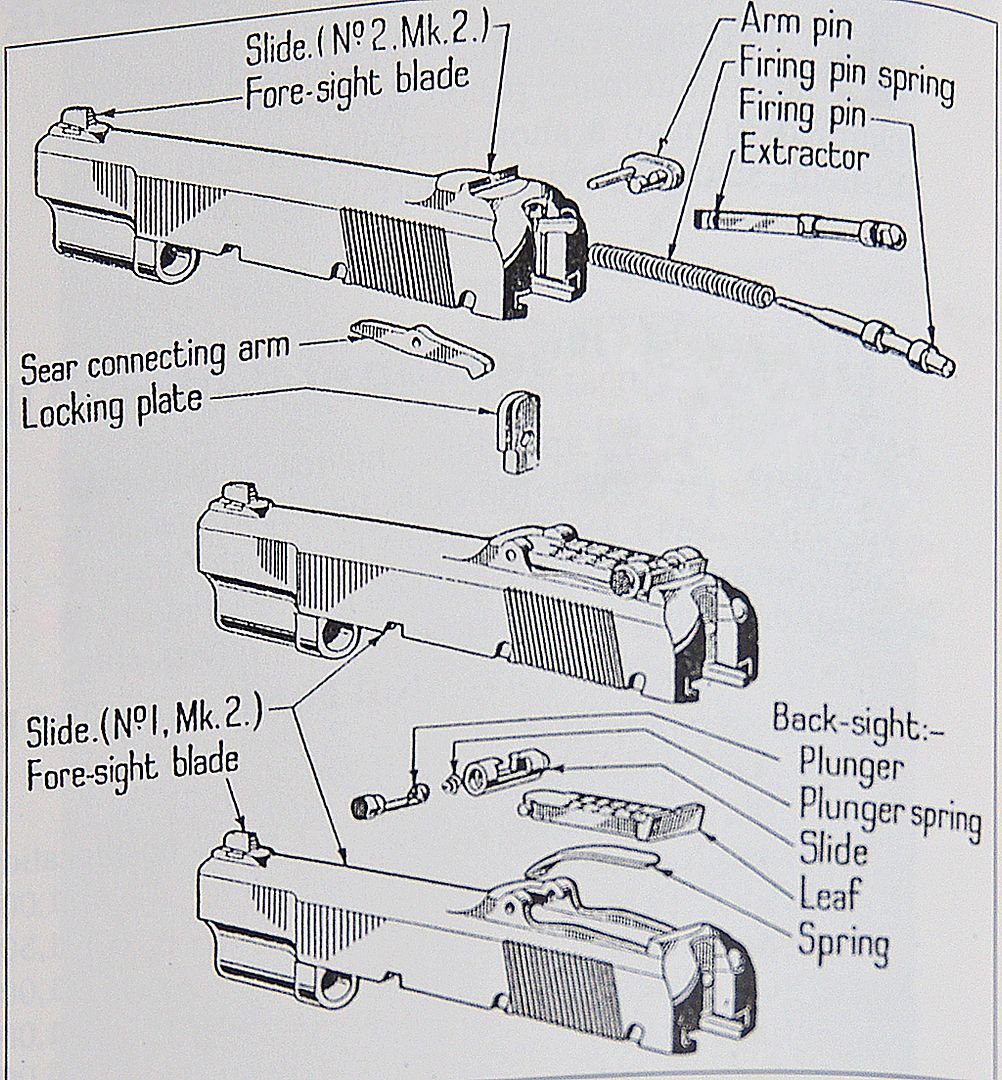I'm always on the lookout for great condition firearms from the WWII period. I scored one today at a gun show. This is a Mk. I* 9mm High Power pistol, made by the John Inglis Company in Canada. It was manufactured in August, 1945, the last month of WWII. Since it probably didn't see any action, it's in really excellent original condition. No import marks, either. I'd have to rate it at 99%. This one has the tangent rear sight graduated optimistically to 500 meters, has all the proofs, and matching serial numbers on the barrel, slide and frame. It was evidently issued to the Canadian military. The icing on the cake is that it came with what was probably its original shoulder stock/holster, which was stamped as having been made in 1945. Thought you might like to see some pics of this gem!
John
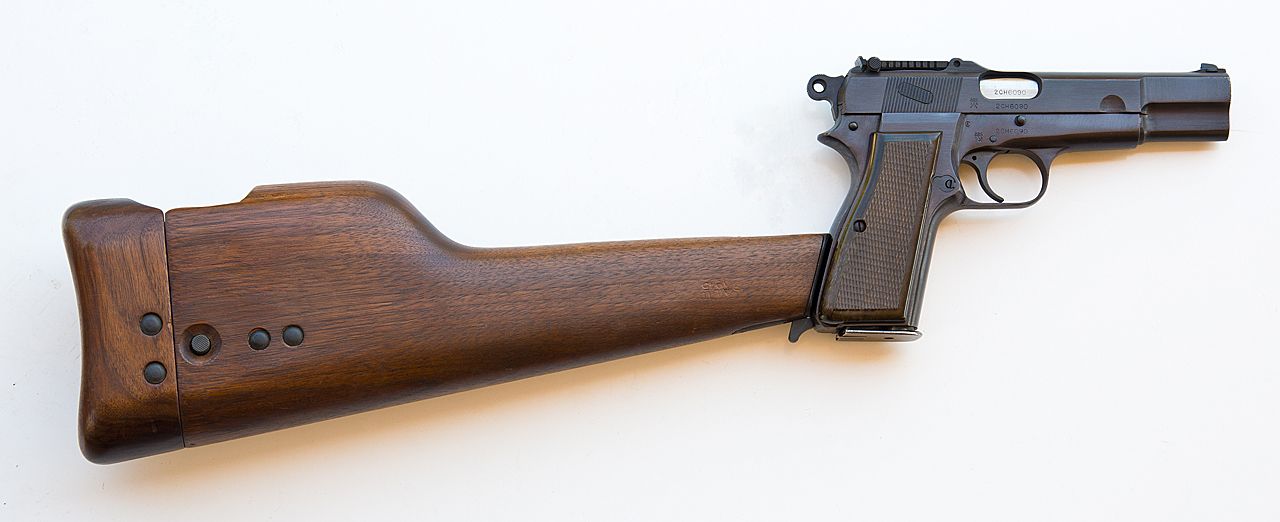
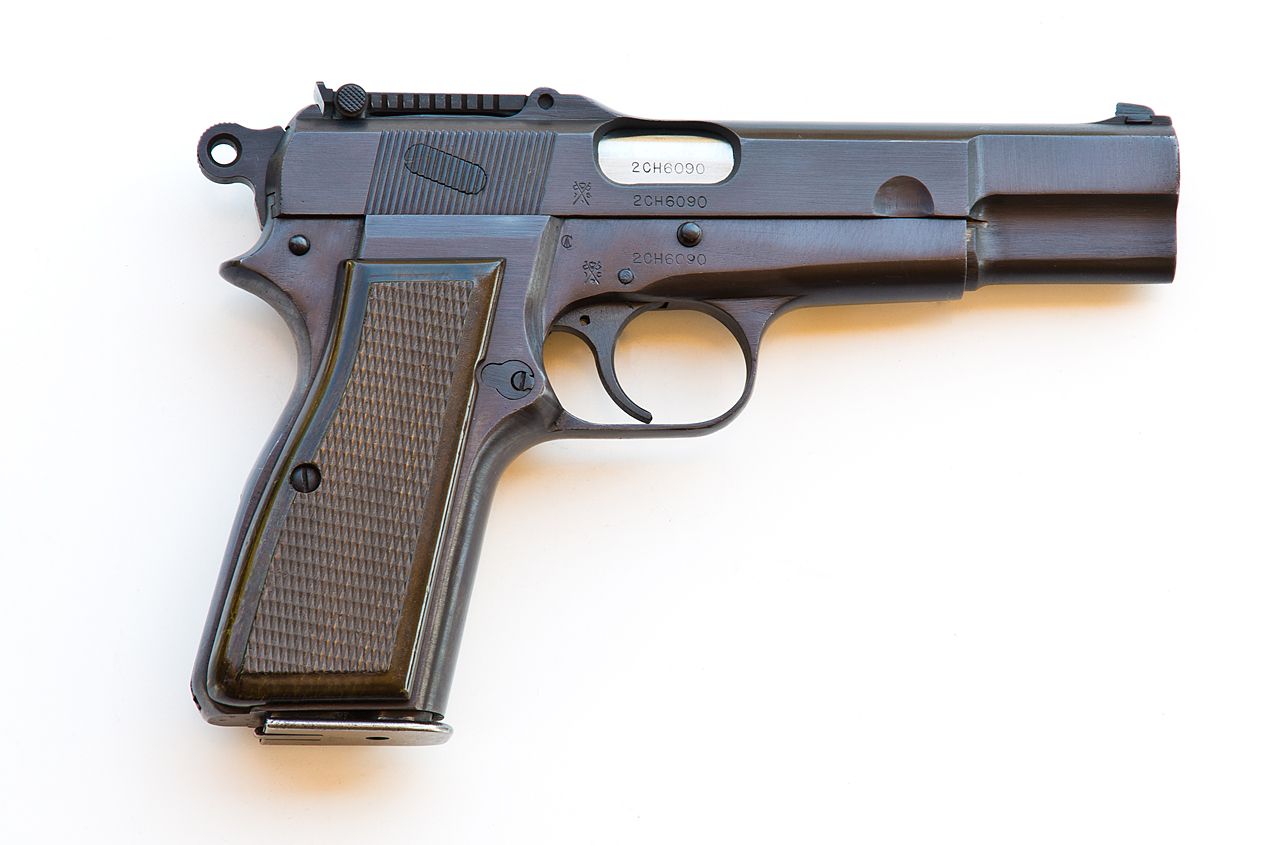
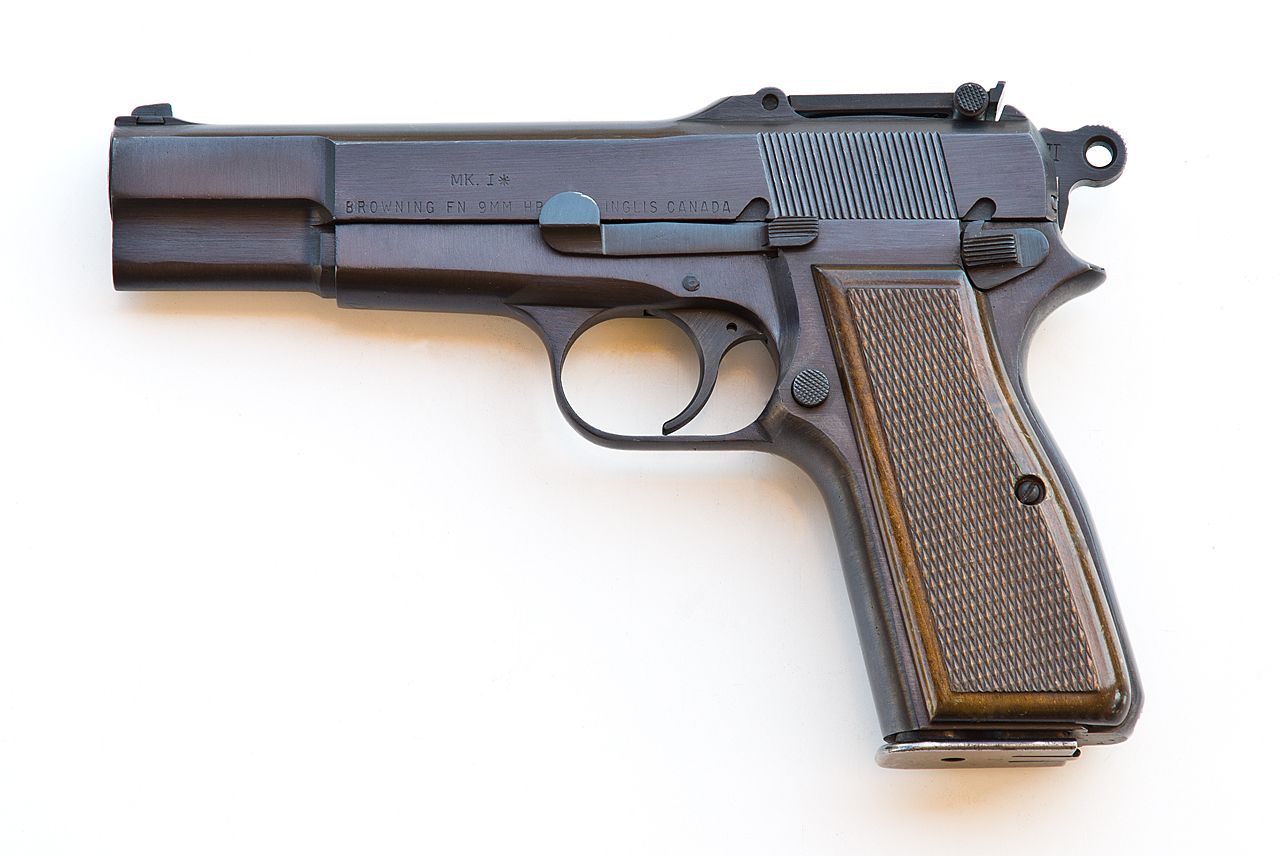
John






